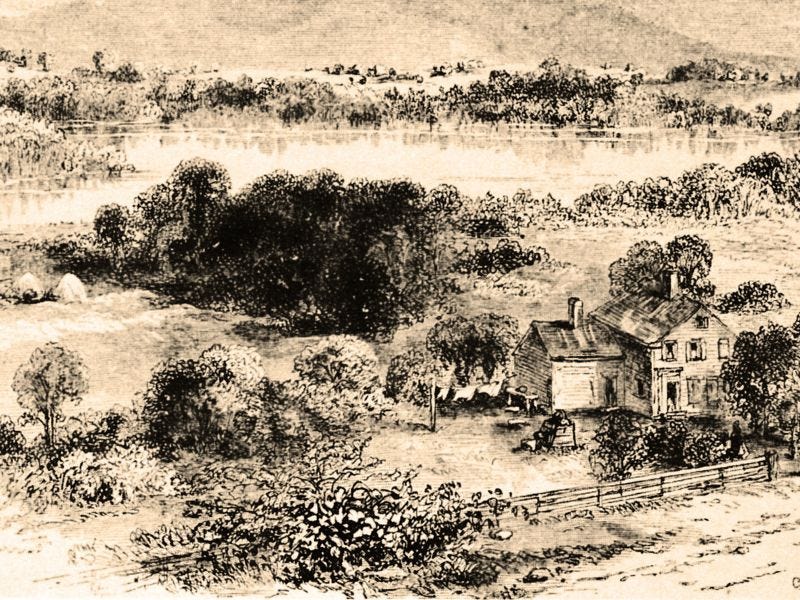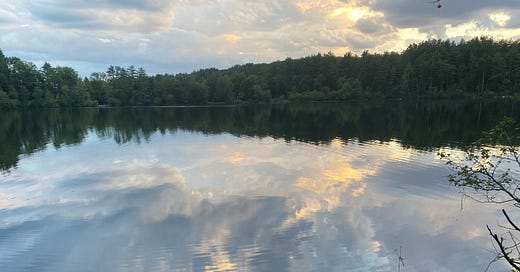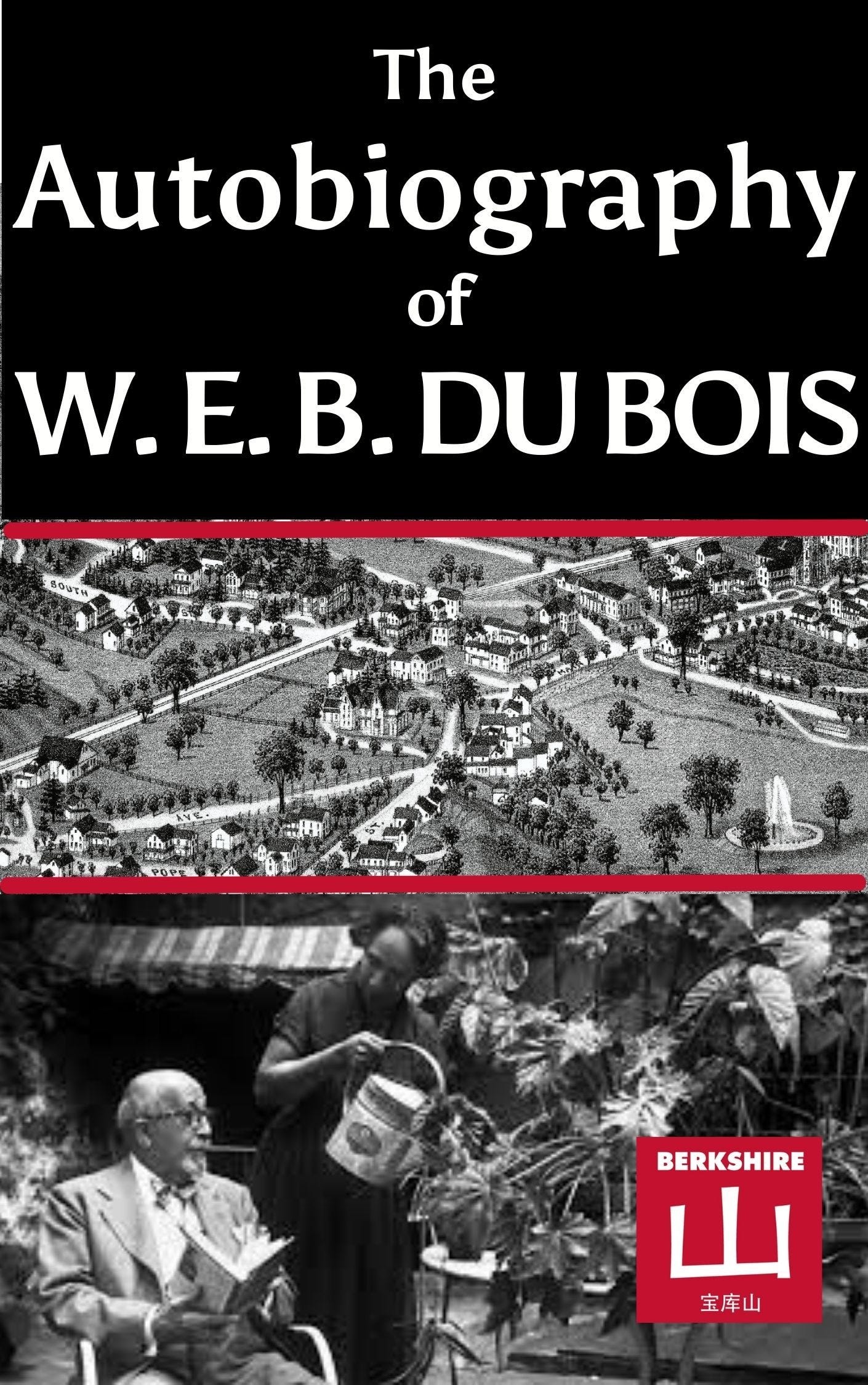Years ago I came from London to a part of western Massachusetts called “The Berkshires.” I had never heard of it, and had trouble pronouncing it correctly (burke-sures). Since we’re entering the peak summer season now, I thought I might provide a bit of background for those who don’t know the region.
We’re much more closely connected to New York City than to Boston, our own state capital, and tourists come for theater, music (especially Tanglewood, the summer home of the Boston Symphony), and outdoor activities. It’s a region of rolling hills and lakes, dotted with small and smaller towns. There are many farms and a lively food scene with a focus on local products.
The Berkshires today is known more for artistic endeavors than for intellectual heft, but it has a long and illustrious literary past. An article in the Financial Times once called the Berkshires “the thinking person’s Hamptons.” And a few days ago I learned that the Berkshires has also been called the American Lake District:
IN THE MIDST of industrial Berkshire growth there occurred a remarkable golden age of literature that flourished 20 years. There was a parallel with the English Lake District, which resembled Berkshire in scenery and resident writers. This led historian Richard D. Birdsall in his book, Berkshire County, a Cultural History, to call this the American Lake District. The golden age started in 1844 when Samuel Gray Ward of New York moved to Lenox for his health, farmed a little, translated Goethe and wrote essays. He became an ardent promoter of the region. Pretty soon several top-drawer authors also settled here. Another part-time farmer, Herman Melville, bought Arrowhead, and Hawthorne moved into the Little Red House at Tanglewood, both in 1850, and the two became close friends. Dr. Oliver Wendell Holmes built Holmesdale, Pittsfield, in 1849, coming from Boston, and quipping, "The best of all tonics is the Housatonic." He spent "seven blessed summers" here. In 1847-1848, Longfellow was here two summers, and before that in 1843, was inspired during a brief visit to write "The Clock on the Stairs." Catherine Sedgwick continued to write novels in Stockbridge until her death at age 78 in 1867. A brief visitor in 1851 was incredibly prolific English author George Payne Rainsford James who in 18 months at Stockbridge wrote seven novels. Dashing actress Fanny Kemble was a popular social catalyst among this learned company. Dr. Charles Parkhurst and the Rev. Henry Ward Beecher with wide reputations, literary, clerical and otherwise, also lived here. A climax occurred Aug. 5, 1850: a literary outing on Monument Mountain, with Hawthorne, Melville, Dr. Holmes and several friends. A thunderstorm drove them into a sheltering cave, but didn't spoil the fun, "with puns says one account. By flying off in every direction, like sparks among the bushes," the early 1860s the sparks had died, the literary giants had moved away, and the golden age of Berkshire letters came to a close.1
Moby Dick was written here, and the story of Herman Melville’s often troubled sojourn in the Berkshires is eloquently told in the recent Up from the Depths by Aaron Sachs, which weaves Melville’s life with that of Lewis Mumford, who lived just to the south, in rural New York State.

Then the robber barons came:
Towards the end of the nineteenth century, the economic elite began to outnumber cultural figures in Lenox. Business and industry were producing fortunes of unprecedented size. Wealthy New Yorkers began to favor the town as an ideal place to escape the city heat in style and, thanks to excellent train service, with ease.
From around 1880 to 1920 these families used their seemingly limitless wealth to build huge mansions on sprawling estates. By 1880 about 35 such "cottages" were scattered around Lenox and neighboring Stockbridge; the number more than doubled over the next 20 years.2
But Berkshire County’s literary days were not over. Today, Edith Wharton is probably the most renowned of Berkshire writers, her reputation rising while male writers more famous during her time are not of such interest now. I like to think of her writing House of Mirth here. It’s the story of a young woman who rebels against the rules of her class and time; things don’t go well for her, but I find it easy to relate to Lily Bart’s refusal simply to go along with things as they are.
Wharton built a house, The Mount, in Lenox in 1902, and wrote about it in The Decoration of Houses. She entertained writers including Henry James and wrote bestselling novels. When I feel like complaining that the winter has gone on too long, I just remind myself of how lonely and bleak winter was in the days of Ethan Frome, her famous and chilling novella.
The Mount has been beautifully restored, and one can wander the grounds freely at any time of year as well as attend lectures or even yoga classes on the lawn. Here are “Guesthouse of Mirth: Summer entertaining tips from Edith Wharton” in Slate.
And last year, the Authors Guild chose the Berkshires, rather than the Hamptons, as the location for its first outside-New-York festival. The Guild returns in September for another round of free author talks and other events.
Jane Smiley in conversation with Jennie Kassanoff: Politics and Prose
Margaret Verble in conversation with Morgan Talty: Who Are NDNs, Anyway? And Why Does It Matter?
Jonathan Taplin in conversation with Mary Rasenberger: The End of Reality: A.I., Crypto, and the Metaverse
Emma Straub in conversation with Maya Shanbhag Lang: Parents on Paper
Rita Dove in conversation with André Bernard: Playlist for the Apocalypse
Michael Cunningham in conversation with Roxana Robinson: Mrs. Dalloway at 98
Isaac Fitzgerald in conversation with Saeed Jones: Memoir and Memory
Patrick Radden Keefe in conversation with Daniel Zalewski: The Cult of Secrecy
Martin Baron in conversation with Stacy Schiff: The Present, the Past, and the Historical Record
My company, Berkshire Publishing, is known for global perspectives and international coverage, but we do have a couple of books that feature the Berkshires. One is a backlist title, The Libraries We Love, a beautiful hardcover jacketed book about American libraries, packed with stories and photographs. Choosing our own Mason Library for the cover was easy: it’s as beautiful a reading room as you’ll find anywhere.
And our new Great Barrington edition of W. E. B. Du Bois’s Autobiography opens here (only in our edition, thanks to a discovery I made), with these words:
I was born by a golden river and in the shadow of two great hills, five years after the Emancipation Proclamation which began the freeing of American Negro Slaves.
Read the story of our unique edition, which biographer David Levering Lewis calls, “Well done and significant indeed!”
From Berkshire: Two Hundred Years in Pictures (1961).
From Mass Moments “Writer Edith Wharton Builds in Lenox.”








Nicely done piece. I haven’t been to the Berkshires for many years. You have me fired up to remedy that soon.
I too came from England. To New York in 1954. Retired to the Berkshires to be near children here in Richmond. Love the Berkshires. Although gardening here is harder than in Bucks County PA where we had a country residence. But it keeps me young!Gardening and reading are my chief pleasures.